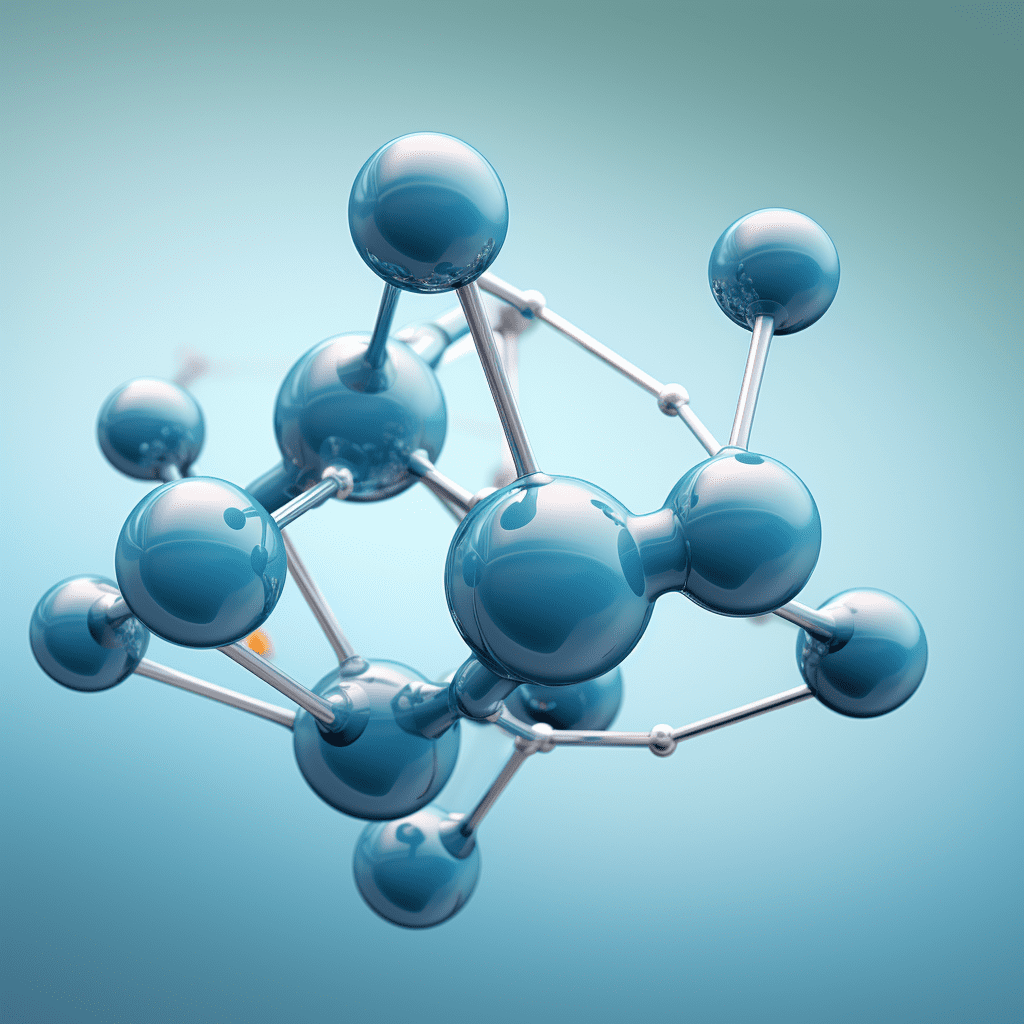While lithium and cobalt are well-known components of modern batteries, several other rare elements play crucial roles in battery technology. These include nickel, manganese, and rare earth elements like neodymium and dysprosium. This article explores these elements, their functions, and their significance in battery performance.
What Role Does Nickel Play in Battery Technology?
Nickel is a vital element in many rechargeable battery chemistries, particularly nickel-metal hydride (NiMH) and nickel-cobalt-aluminum (NCA) batteries. It enhances energy density and improves the overall performance of the battery. Nickel’s ability to withstand high temperatures also contributes to the longevity of batteries.
Chart: Comparison of Battery Chemistries
| Battery Type | Composition | Key Benefits |
|---|---|---|
| Lithium-Ion | Lithium, Cobalt, Nickel | High energy density |
| Nickel-Metal Hydride | Nickel, Cobalt, Rare Earths | Good performance in hybrid vehicles |
| Nickel-Cobalt-Aluminum | Nickel, Cobalt, Aluminum | High stability and efficiency |
How Does Manganese Contribute to Battery Performance?
Manganese is another important element used in lithium-ion batteries. It is often combined with nickel and cobalt to form lithium manganese oxide (LMO). Manganese enhances the stability of the battery and increases its thermal stability, making it safer during operation.
Chart: Benefits of Manganese in Batteries
| Benefit | Description |
|---|---|
| Improved Safety | Reduces risk of thermal runaway |
| Enhanced Stability | Increases overall battery lifespan |
| Cost-Effectiveness | Less expensive than cobalt |
Why Are Rare Earth Elements Important for Batteries?
Rare earth elements such as neodymium and dysprosium are essential for certain types of batteries, especially those used in electric vehicles (EVs) and renewable energy storage systems. These elements are critical for producing strong permanent magnets used in electric motors and generators.
Chart: Applications of Rare Earth Elements
| Element | Application | Importance |
|---|---|---|
| Neodymium | Electric vehicle motors | Enhances motor efficiency |
| Dysprosium | Wind turbine generators | Improves magnet strength at high temperatures |
What Are the Environmental Concerns Associated with Rare Elements?
The extraction and processing of rare elements raise significant environmental concerns. Mining operations can lead to habitat destruction, water pollution, and soil degradation. Additionally, the geopolitical implications of sourcing these materials can affect supply chains and market stability.
How Can Battery Technology Become More Sustainable?
To address environmental concerns associated with rare element usage:
- Recycling: Developing efficient recycling processes for spent batteries can recover valuable materials.
- Alternative Materials: Research into alternative materials that can replace rare elements without compromising performance is ongoing.
- Responsible Sourcing: Ensuring that raw materials are sourced responsibly can mitigate environmental impacts.
Industrial News
Recent advancements in battery technology have highlighted the importance of finding sustainable alternatives to rare elements like cobalt and nickel. Researchers are exploring new battery chemistries that utilize more abundant materials while maintaining high performance. Additionally, companies are investing in recycling technologies to recover valuable metals from used batteries, aiming to reduce environmental impact.
Redway Expert Insights
Understanding the role of rare elements in battery technology is crucial for developing next-generation energy storage solutions,” states an expert from Redway Battery. “As we strive for sustainability, finding alternatives and improving recycling methods will be key to reducing our reliance on scarce resources.”
FAQ Section
What are some alternatives to lithium-ion batteries?
Alternatives include solid-state batteries, sodium-ion batteries, and flow batteries that utilize different materials for energy storage.
Why is nickel used in batteries?
Nickel enhances energy density and thermal stability, making it a valuable component in various rechargeable battery technologies.
Are there any health risks associated with rare earth mining?
Yes, mining operations can pose health risks to workers due to exposure to toxic substances and environmental degradation affecting local communities.
How can I recycle my old batteries?
Many local waste management facilities offer recycling programs for batteries. It’s essential to check with your local authorities for proper disposal methods.

1. Introduction to Rare Elements in Battery Production
Batteries, especially the lithium-ion variety, use a combination of elements in their cathodes, anodes, and electrolytes. These elements play a critical role in the battery’s performance, longevity, and safety. But beyond lithium and cobalt, what are the other rare elements that make these batteries tick?
2. Neodymium: The Silent Performer
Neodymium is a rare earth element, primarily used in the production of powerful permanent magnets found in electric vehicle (EV) motors and some advanced battery technologies.
- Advantages: Neodymium-based magnets are incredibly strong, ensuring the efficiency and reliability of EV motors.
- Challenges: Mining neodymium has significant environmental concerns, and the element is predominantly found in China, raising supply chain issues.
3. Dysprosium: The Heat Resistant Companion
Dysprosium is another rare earth metal used to fortify neodymium magnets, especially for their heat-resistant properties.
- Advantages: Dysprosium enhances the performance of neodymium magnets in high-temperature environments, which is crucial for certain EV applications.
- Challenges: Just like neodymium, dysprosium is primarily sourced from China and carries environmental concerns related to its extraction.
4. Praseodymium: The Lesser-Known Cousin
Praseodymium, often found alongside neodymium, is also used in the production of high-strength magnets for EV motors.
- Advantages: Offers additional strength and performance to magnets, improving overall motor efficiency.
- Challenges: Shares similar supply chain and environmental concerns as neodymium and dysprosium.
5. Alternatives and The Drive for Sustainability
With the increasing demand for EVs and advanced battery technologies, there’s a pressing need to find alternatives to these rare earth elements or develop more sustainable and environmentally friendly extraction methods.
- Research into Alternatives: Scientists are exploring the possibility of creating high-performance magnets without the need for rare earth elements.
- Recycling: Emphasis is being placed on recycling old batteries and motors to recover and reuse these precious materials.
- Geopolitical Diversification: Efforts are underway to diversify the supply chain and reduce dependence on a single geographical source.
6. Tips for Consumers and Investors
- Stay Informed: As the battery technology landscape evolves, it’s vital to stay updated on the latest advancements, especially if you’re an investor in this sector.
- Sustainable Choices: Opt for products and brands that emphasize sustainable sourcing and production methods.
- Support Recycling: Participate in battery recycling programs to ensure that these rare elements are reclaimed and reused.
7. Conclusion
While lithium and cobalt may grab the headlines, the world of batteries is much more intricate and diverse. The rare elements like neodymium, dysprosium, and praseodymium play pivotal roles in the performance of modern batteries and electric vehicles. As the demand for these technologies grows, so does the need for a more sustainable and diversified approach to sourcing and using these rare materials. The future of battery technology will not only be about improving performance but also about ensuring that this performance comes with a conscience.



